Car Warranty vs. Car Insurance: What's the Difference?
Defining Car Warranty: Protecting Against Defects
A car warranty, also known as a vehicle service contract, is essentially a manufacturer's promise to repair or replace certain parts of your vehicle if they fail within a specific time frame or mileage. Think of it as a safety net against manufacturing defects or faulty workmanship. If your engine suddenly konks out because of a flaw in the engine block, your warranty might cover the repair or replacement.
There are different types of car warranties, including:
- Factory Warranty (or Bumper-to-Bumper Warranty): This comprehensive warranty covers almost everything on your car, from the engine and transmission to the electronics and air conditioning. However, normal wear and tear items are generally excluded.
- Powertrain Warranty: This covers the most crucial parts of your car – the engine, transmission, and drivetrain. It typically lasts longer than the bumper-to-bumper warranty.
- Extended Warranty: Offered by manufacturers or third-party providers, an extended warranty kicks in after the factory warranty expires. It provides continued protection against unexpected repairs.
Defining Car Insurance: Shielding Against Accidents and Liabilities
Car insurance, on the other hand, is designed to protect you financially from accidents, theft, and damage to your vehicle, as well as liability for injuries or damage you cause to others. It's a legal requirement in most places and focuses on covering incidents that are often unpredictable and caused by external factors, not inherent defects.
Common types of car insurance coverage include:
- Liability Coverage: This covers bodily injury and property damage you cause to others in an accident. It's the most basic and essential type of coverage.
- Collision Coverage: This covers damage to your car if you collide with another vehicle or object, regardless of who is at fault.
- Comprehensive Coverage: This covers damage to your car from events other than collisions, such as theft, vandalism, fire, weather (hail, floods), and animal strikes.
- Uninsured/Underinsured Motorist Coverage: This protects you if you're hit by a driver who doesn't have insurance or enough insurance to cover your damages.
Key Differences: Warranty vs. Insurance - A Side-by-Side Comparison
Here's a table summarizing the key distinctions between a car warranty and car insurance:
| Feature | Car Warranty | Car Insurance |
|---|---|---|
| Purpose | Covers mechanical breakdowns due to defects in manufacturing or workmanship. | Covers accidents, theft, vandalism, and liability for damages caused to others. |
| Coverage | Specific parts and systems covered by the warranty agreement. | Varies depending on the policy, but can include damage to your car, damage to other vehicles, and bodily injury. |
| Cause of Damage | Internal defects, faulty parts, or poor workmanship. | External events like accidents, theft, natural disasters, or vandalism. |
| Obligation | Optional; purchased separately or included with the new car. | Legally required in most states. |
| Cost | One-time payment or included in the purchase price of the car. | Recurring premiums (monthly or annual). |
When to Use a Warranty vs. Insurance
Knowing when to use your car warranty versus car insurance is essential. If your car's transmission fails due to a manufacturer's defect within the warranty period, you'd file a claim with the warranty provider. However, if you get into a car accident, you'd file a claim with your car insurance company.
Here are some example scenarios:
- Warranty: Engine failure due to a faulty valve, transmission problems due to a defective gear, electrical system malfunction covered under the warranty.
- Insurance: Collision with another vehicle, damage from a hailstorm, theft of your car, vandalism resulting in broken windows.
Overlap and Grey Areas
While generally distinct, there can be some grey areas. For example, if an accident damages your engine, insurance will likely cover it. However, if the engine damage reveals a pre-existing manufacturing defect, the warranty might come into play after the insurance has addressed the accident-related damages. Always read the fine print of both your warranty and insurance policies to understand the specifics of your coverage and any potential overlaps or exclusions. It's also a good idea to discuss these scenarios with your insurance agent and warranty provider to ensure you're fully prepared.

